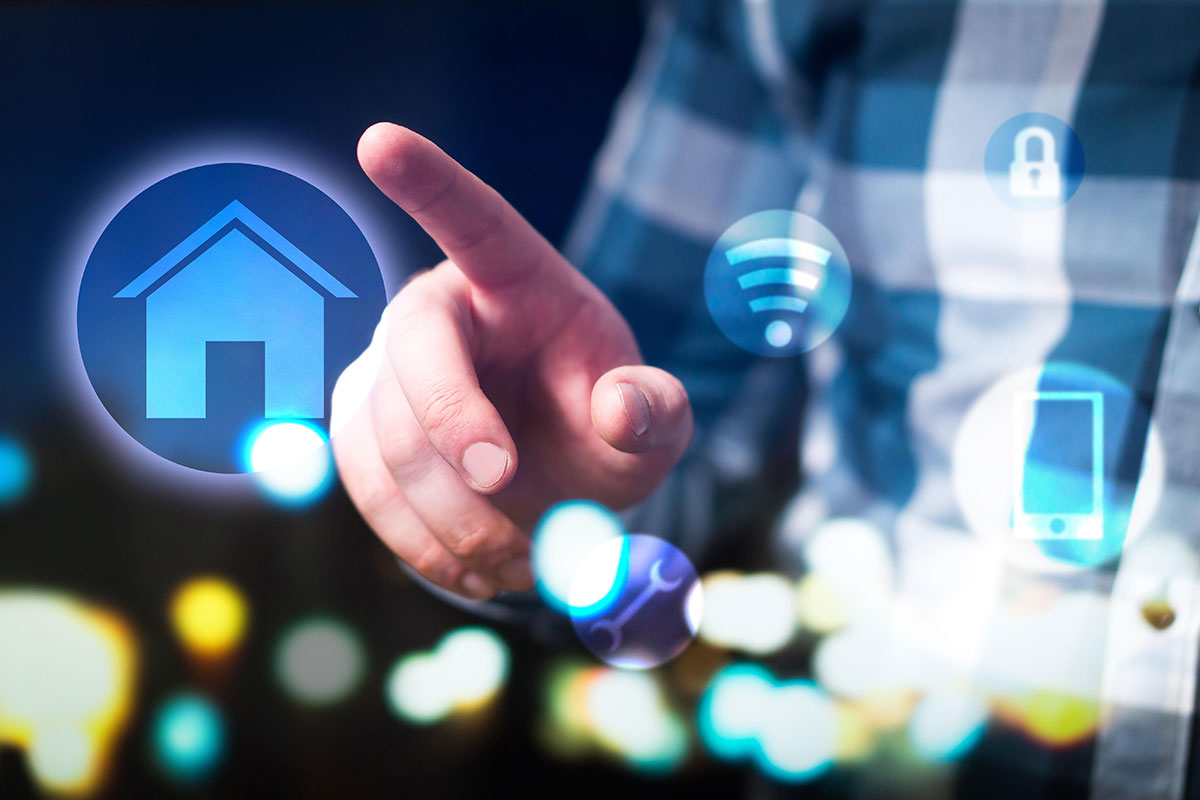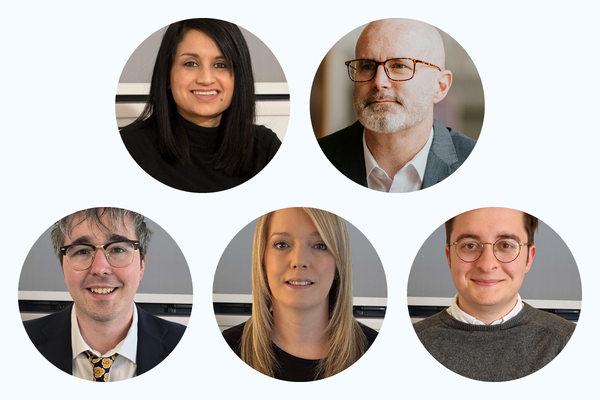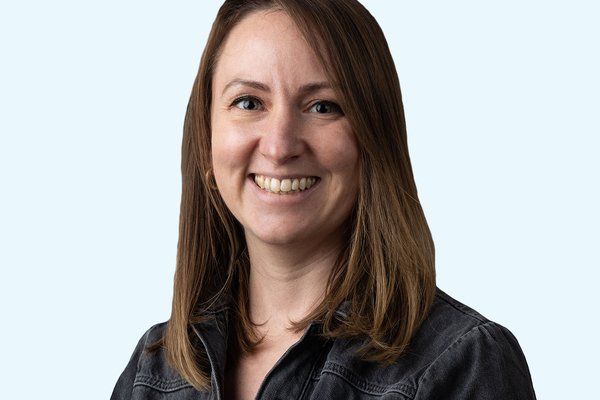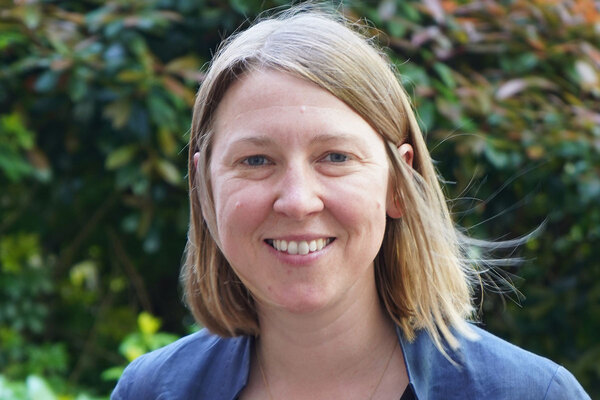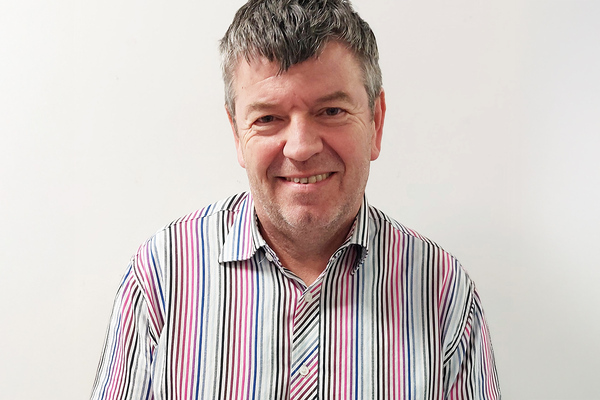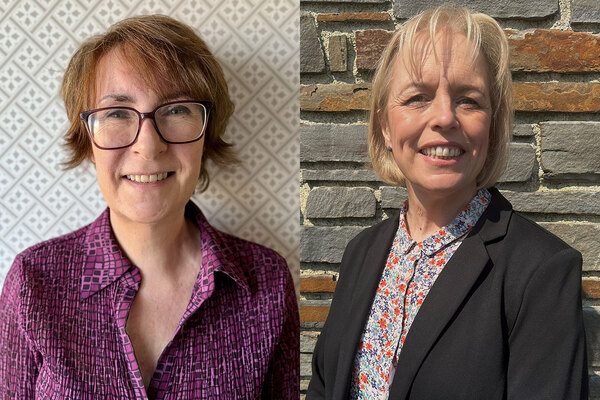Sensor technology to keep homes safe
Jordan Toulson, head of product at HomeLINK, explains how networks of sensors that gather data and exchange information can make homes safer, warmer and more energy efficient
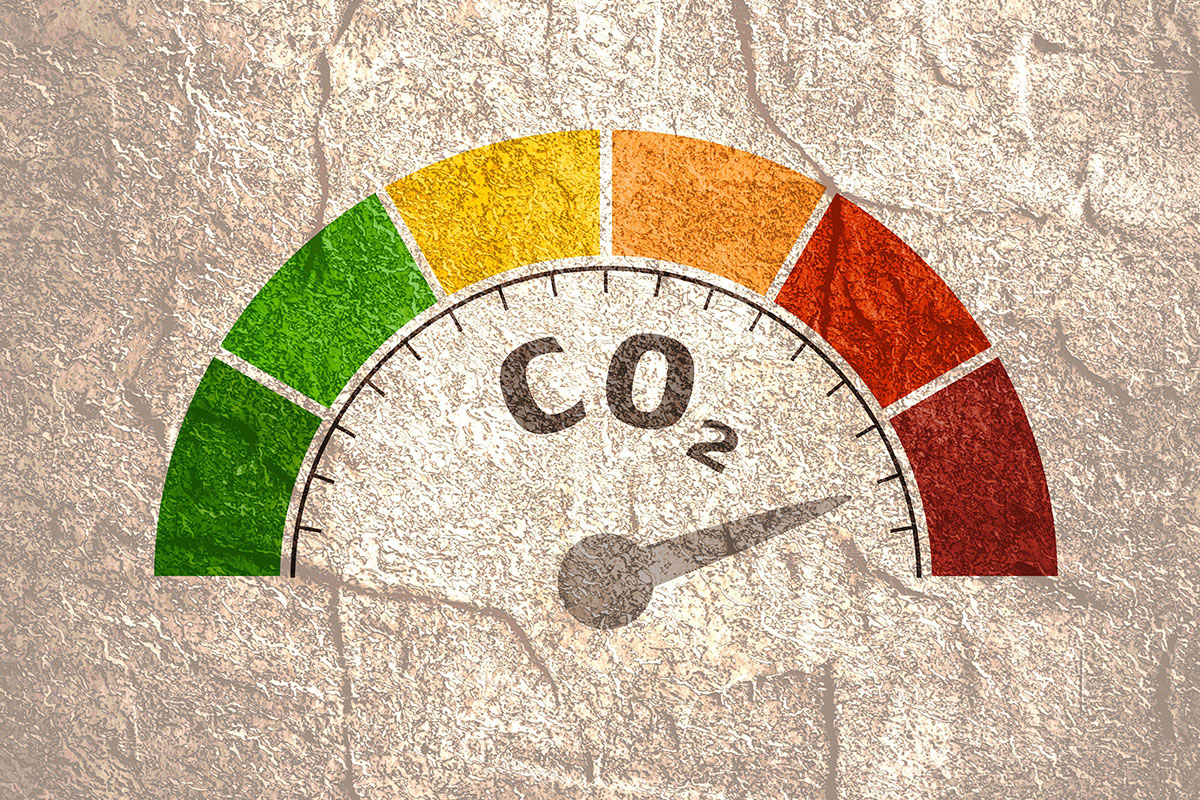
In association with:

From thermostats to smoke alarms, people have been using sensor-based technology to keep their homes safe and comfortable for years. More recently, advances in digital technology have transformed what is possible – and this has accompanied an urgent focus on improving the safety of buildings and their residents.
The Internet of Things (IoT) – networks of sensors that can gather data and exchange information – holds particular promise, and housing providers are interested in the potential this technology offers.
What difference can this ever-evolving technology make – and what might the future hold? Inside Housing spoke to Jordan Toulson, head of product at IoT solutions provider HomeLINK, to find out.
How has the IoT improved home safety?
Smoke and fire alarms have been around for years, obviously. Water leak sensors have also now been around for a while; if you have a water tank on top of a 12-storey block of flats, you don’t want a leak to go unnoticed for days.
Technology-enabled care uses devices that will alert family, friends or carers if someone falls. We have sensors to detect both carbon monoxide and carbon dioxide – and the latter is a good proxy for lots of other harmful pollutants, such as volatile organic compounds, PM2.5 particles and formaldehydes, all of which can be released into our environment just from cooking or using cleaning products.
How can residents monitor and manage their home’s safety using IoT devices?
IoT devices collect information all the time. That data can then be shared with residents via a smartphone app or a browser-based portal. It’s important to note that this information is presented as actionable insights rather than raw data. Rather than just telling someone the level of CO2 in a room, it will alert users when they have a high risk of poor indoor air quality, because the system has detected a trend over time.
Being able to spot and analyse long-term trends are really important; a party on a Friday night is going to increase the amount of CO2 in a room, but an alert wouldn’t be helpful, because it’s a one-off situation.
These platforms are an easy way to help people understand what’s going on in their homes, and they can remind users to take steps, such as opening windows to ensure a supply of fresh air.
How can these devices help to predict and prevent accidents and ill health in the home?
Technology-enabled care is a really good example. Residents are given pendants to wear. They contain accelerometers that can detect sudden movements. They send an alert when someone falls or when the wearer presses a button to signal that they need help. But, as with the devices described above, the sensors in these pendants can reveal longer-term trends. It might be that they record one fall at a certain point in time, and then a year later there are multiple incidents within a shorter space of time – an indication that someone could be starting to struggle in their home. That can then be a prompt for the landlord to start a conversation: how well are you coping? Do you need additional support?
Carbon monoxide detectors are also very powerful in this regard, because they can function as early-warning alarms. Systems like ours can give low, medium and high alerts, based on the data from these sensors. A low level of carbon monoxide might only cause headaches or a bit of drowsiness, but by catching the leak at that stage, much more serious consequences can be prevented.
Similarly, humidity sensors can give a picture of the amount of moisture present in different parts of the house over time, and so if damp and mould do appear, housing providers will have a good understanding of where the problem is coming from. We have seen cases where the data has shown that a home’s bathroom ventilation isn’t powerful enough, and that early warning meant the landlord could make the necessary upgrade before it became a serious problem.
Smart meters are another type of IoT device. We have been working to access the data they record on energy consumption, because we can then use it to do some powerful analysis on fuel poverty, particularly when
we combine smart meter and temperature data.
What are the legal and ethical considerations for collecting and using resident data through IoT devices?
We did a piece of research very early in HomeLINK’s history that examined which technologies social housing residents would accept in their homes. It found that people didn’t want cameras, motion sensors or microphones, for obvious reasons, and residents didn’t want their landlord to have data on their homes that they couldn’t access.
That was about five years ago, and we have seen a massive shift in attitudes since then. Personally, I think it’s down to the likes of Amazon Echo, Siri and Google Nest. They are making this sort of technology much more accepted, and IoT is seen as an extension of that.
The software platforms mean people can see the data, which is vital; it also means people can see the limits of the data being collected. There’s nothing in there about motion sensing or room occupancy, so they can be reassured there aren’t any data privacy issues.
Because landlords are responsible for maintaining their properties and keeping them safe, our legal advise suggests they don’t need consent to collect data on humidity or carbon monoxide, for example, because
the data is used for that purpose.
How important is communication with residents about the benefits of this technology?
It’s vital, not least to reassure people that their privacy is not at risk. We deploy mobile units that provide an opportunity for residents to get these devices in their hands, and for us to explain what they do and how they work.
We have devices with a transparent top to show that there are no cameras or microphones. That has been a huge benefit. We’ve had these units in the tightest of spaces, beside tower blocks in central London, and we have had really good engagement from residents.
It’s all about transparency, and we have found it really helps to make the roll-out of these devices a lot smoother.
What are your predictions for the future of home safety technology?
Indoor air quality is going to be a very big issue. It’s a slow burner of an issue, but it’s going to lead to significant health impacts. The sector has done a lot of sealing up of buildings to improve thermal efficiency, and many of those buildings now have no way to breathe.
I also think we haven’t yet seen the full impact that Awaab’s Law will have on residents and landlords.
From a technological perspective, the future will see more integration and interoperability between software systems. That will enable this vital data to be used and acted on even more widely than it is today.
Recent content in association with Aico
Can AI improve fire safety in homes?
Inside Housing hears from Andy Speake of safety technology specialist Aico about how social landlords can use artificial intelligence and machine learning to improve fire safety in their homes
What will our future homes look like?
As the pace of change in technology accelerates and the use of AI becomes more ubiquitous, Inside Housing speaks to Aico’s Michael Wright to find out how this will impact social housing in the future
Supporting tenants affected by fuel poverty
Inside Housing and Aico’s third Give Fuel Poverty a Voice survey – and a workshop as part of this year’s campaign – paint a mixed picture of the current status of fuel poverty in the UK
CPD webinar on demand: the importance of good quality data to good air quality
As part of Inside Housing’s CPD offering, watch the full webinar, ‘The importance of good quality data to good air quality’, and earn CPD minutes
Sensor technology to keep homes safe
Jordan Toulson, head of product at HomeLINK, explains how networks of sensors that gather data and exchange information can make homes safer, warmer and more energy efficient
How smart devices are transforming homes
Chris Jones at smart home technology provider HomeLINK explains the role technology can play in improving homes and helping residents to better understand where they live
Is the sector providing healthy homes?
Inside Housing ran a survey for the new Healthy Homes campaign, in association with safety tech specialist Aico, to find out how effective the sector is at creating healthy homes for residents
CPD module: the importance of indoor air quality
What is indoor air quality, why is it important, and how can it be improved in social housing? Professor Tim Sharpe, head of the department of architecture at the University of Strathclyde, explains. Read this article, take a quiz, earn CPD minutes
